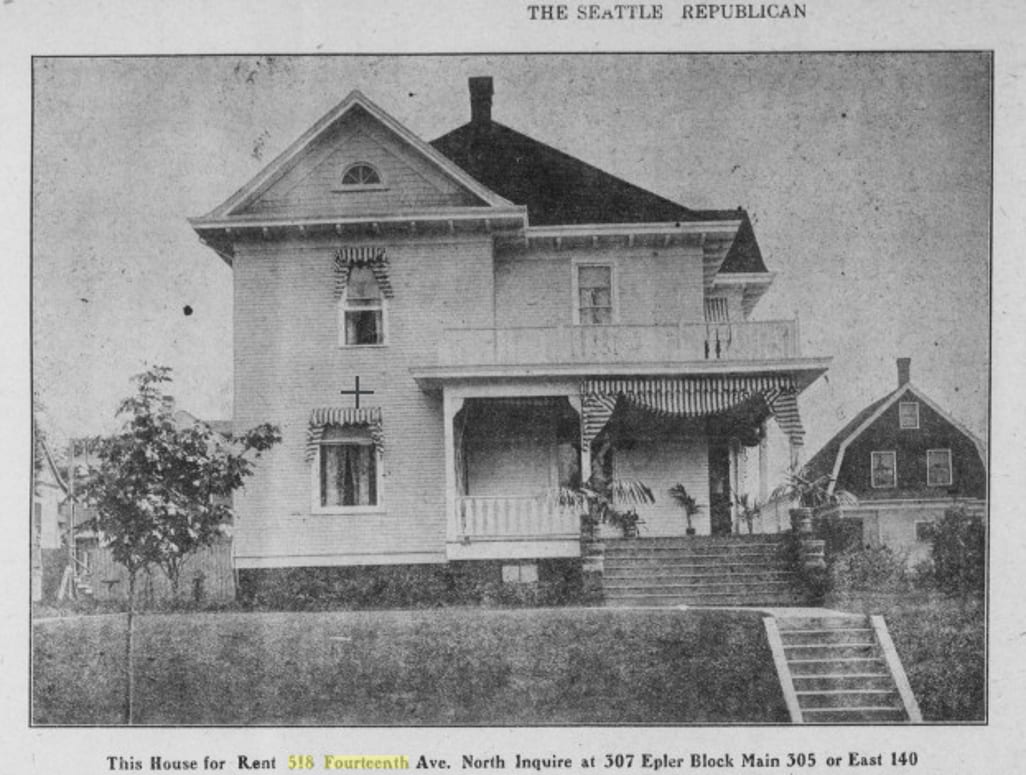
The Cayton-Revels House in 1909, sourced from The Seattle Republican.
The Cayton-Revels house in Capitol Hill (518 14th Avenue E.) was built in 1902 for Horace Roscoe Cayton and Susie Revels Cayton. Born into enslavement by White people in Mississippi, Horace Cayton came to Seattle in 1890 and started the Seattle Republican, the first Black-owned newspaper in the city. Susie Cayton was the daughter of the first Black American U.S. Senator and joined Horace in the newspaper publishing business becoming the city’s first female associate editor of a publication.

Taha Ebrahimi, author of the Cayton-Revels House landmark nomination.
In February 2021, The Landmarks Preservation Board (LPB) voted unanimously to nominate the Cayton-Revels House for designation as a City Landmark. The nomination was written and submitted by Taha Ebrahimi with enthusiastic support from the current owners, Erie Jones and Kathleen Jo Ackerman. Taha’s well-researched nomination report details the Cayton family experience — in which their success was inversely related to increasing racism and racist policies — and describes Seattle’s connection to the broader Black American experience.
In the following, Taha shares details about what inspired this nomination and discusses the importance of recognizing cultural significance, like that of the Cayton family, in our landmarks.
“One of my favorite books about history in Seattle is called Skid Row,” said Taha. “It’s a very popular book, and in it, there’s a whole chapter about early Seattle newspapers. Yet, the Caytons’ newspaper is never even mentioned! For some time, The Seattle Republican was the second most popular newspaper in Seattle – not just amongst Black Americans – but in Seattle! Susie Cayton becoming the first female associate editor of the newspaper in 1900 was also hugely significant.”
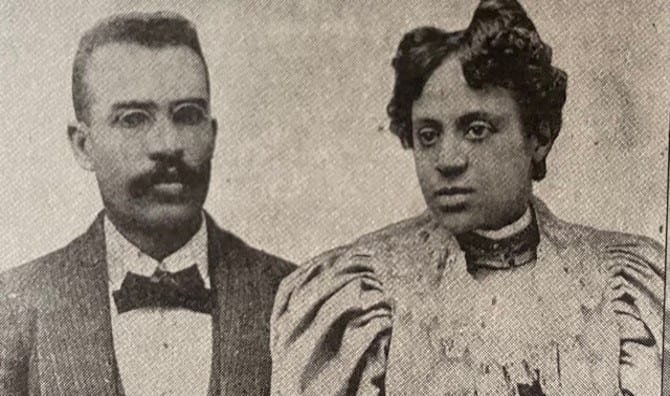
Horace and Susie Cayton, 1896. Source: Headlines and Pictures July 1945
According to Taha’s research, it wouldn’t be until 1940 when another woman became an editor of one of the most-read newspapers in Seattle. “It was shocking that none of this was in there, and it was this shock that inspired me to get this place, and this part of our history, recognized,” Taha said.

Cayton Family,1904. Source: Vivian G Harsh Research Collection of Afro-American History and Literature, Chicago Public Library
According to Taha’s nomination, “Because of their business and political involvements, the Caytons were one of the most well-known Black American families in Seattle at the turn of the 20th century.” Yet, despite this and despite growing up in Seattle, Taha only recently became aware of the family’s significance. “As a student, we were required to study Washington State history. We would take field trips to places like the Klondike Gold Rush Museum, places relevant to the history of Seattle, and yet I had never heard about the Caytons. I was embarrassed that I didn’t know their story, and shocked that more people didn’t know about them. That’s when I started to learn more about the family, I got more books and I started to get deeper into the research,” said Taha.
Taha first learned about the Cayton-Revels’ residence in another book called The Hill with a Future, by Jacqueline B. Williams. “In it, they off-handedly mention the address,” said Taha. “I’d been taking these long walks during the pandemic and one day I walked by it and happened to meet one of the owners working in the yard. Quite honestly, I assumed it was already landmarked. Knowing what I knew then, I could not believe it wasn’t already designated.”

The Cayton-Revels House today, courtesy of Taha Ebrahimi.
Among those unaware of the Caytons’ legacy were also the current owners of the Cayton residence. “When they were redoing their attic, they found a couple of artifacts that had Susie Cayton’s father’s name on them. One was a marriage certificate, and the other was an ongoing tab he had at a local store,” said Taha. Susie’s father, Hiram Revels, was the first African American to serve in the U.S. Congress, elected to represent Mississippi in 1870 when Jefferson Davis abandoned his seat to become president of the Confederacy. “They found this out by Googling his name! Shortly thereafter, by coincidence some of the Cayton cousins got in touch with the owners and walked them through the rest of the story,” Taha explained.
When asked for her thoughts about the larger meaning of the unanimous vote by the LPB to nominate the Cayton-Revels House, Taha said, “I think that, until recently, there’s been a tendency to value architectural significance over cultural significance. And frankly, a lot of culturally significant places may not be architecturally significant. In that case, it begs the question, ‘What is a landmark then?’ The Seattle Landmarks Ordinance is great because cultural significance is built in as one of the qualifying criteria for designation. I think, and I hope, that the Board really wants nominations based on cultural significance. They are open to it, and I think this unanimous board vote reflects the desire to have more nominations centered around cultural significance.”
Historic Seattle’s mission is to save meaningful places that foster lively communities. We asked Taha to describe how she thinks the Cayton-Revels House fosters community. She said, “I think official recognition of any culturally significant landmark fosters community because it helps connect people with places in a personal way. This helps people feel pride and shared appreciation for our communities’ heritage, especially at a time like right now when a lot of people are trying to think about what a future looks like. When you have a shared sense of your past and that kind of foundation, I think you can move forward, together, better.”
The LPB will consider designating the Cayton-Revels House at its April 7 meeting. We encourage you to support designation through written comments and/or verbal public testimony at the hearing which begins at 3:30 pm. Send comments to the Landmarks Preservation Board Coordinator Erin Doherty by Monday, April 5 (erin.doherty@seattle.gov).
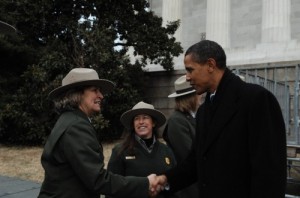



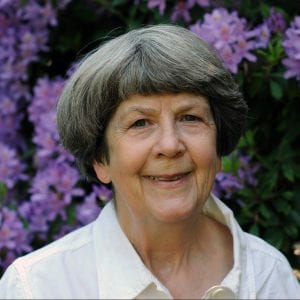
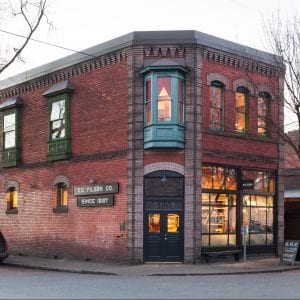
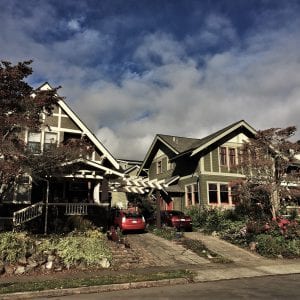

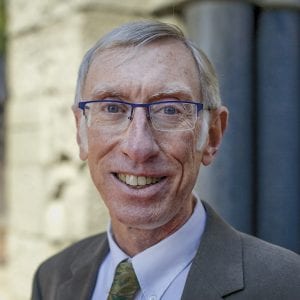
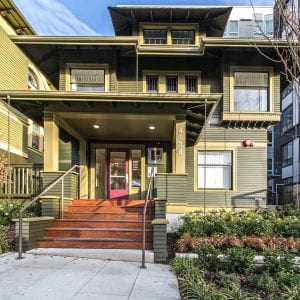
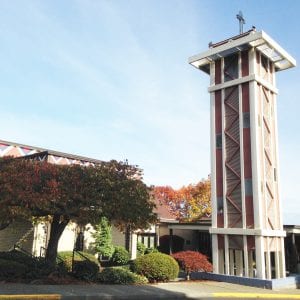
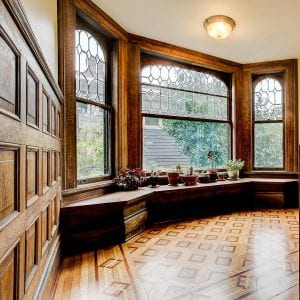
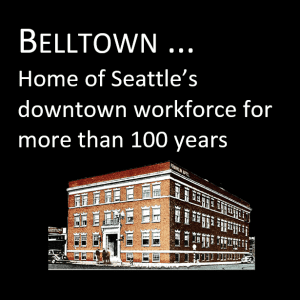
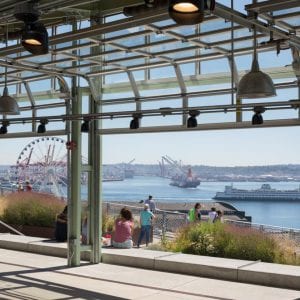
 Urban League Village
Urban League Village Wing Luke Museum
Wing Luke Museum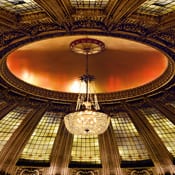
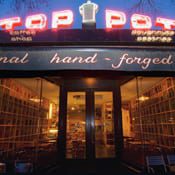 Top Pot Doughnuts
Top Pot Doughnuts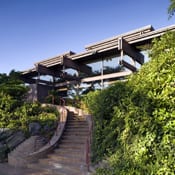
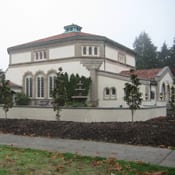 Seattle Church of Christ
Seattle Church of Christ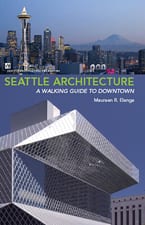 Seattle Architecture: A Walking Guide to Downtown
Seattle Architecture: A Walking Guide to Downtown



